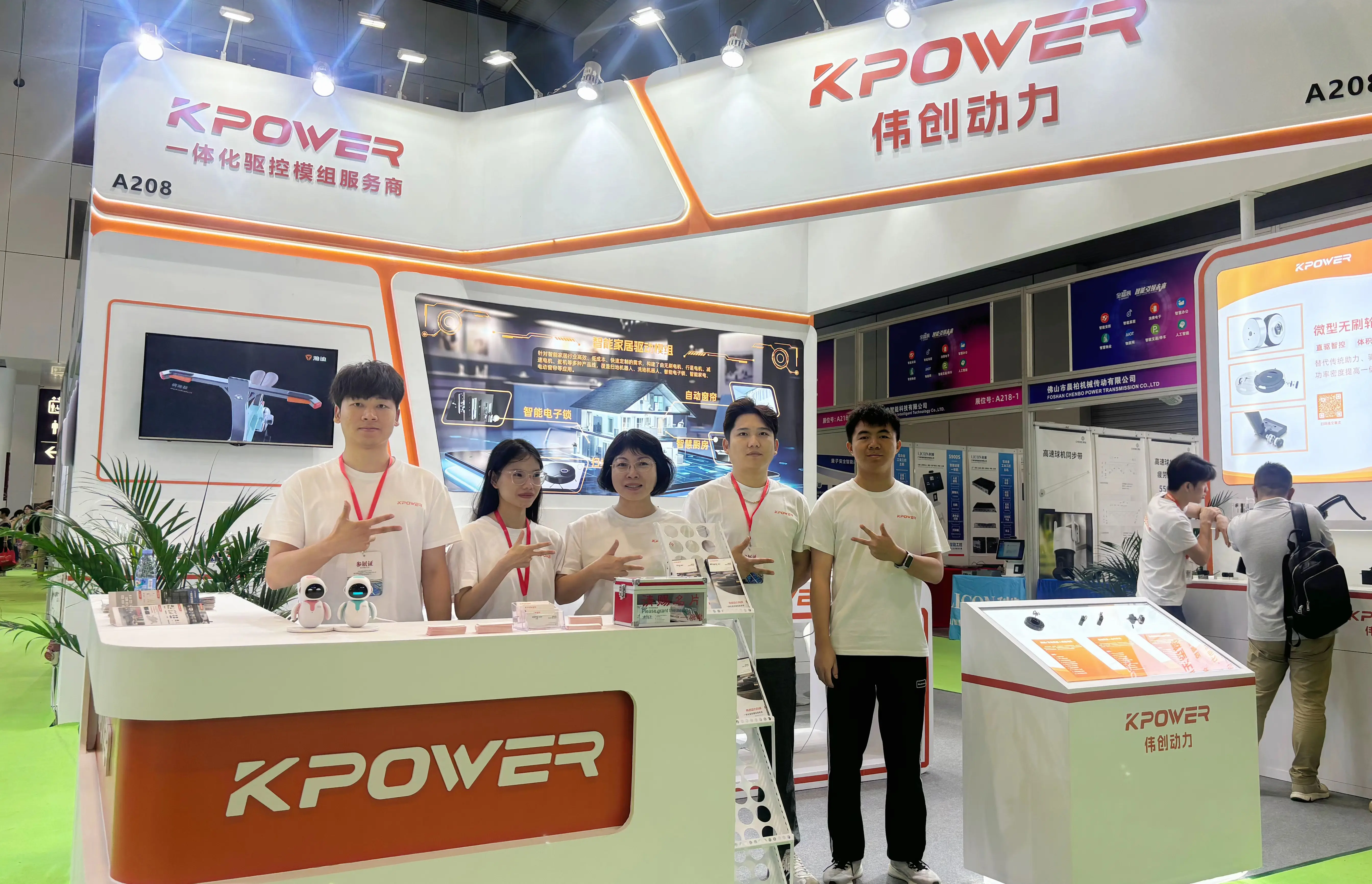Imagine this: You’re diving into a new project that’s all about microservices and Java, but you’re thinking, “Where do I even start with Kafka?” It’s like trying to assemble a complex puzzle without the picture on the box. Let’s cut through that haze. Kafka, at its core, is a high-throughput, distributed messaging system, perfect for microservices communication. And if you're aiming for efficiency and scalability, understanding how Kafka works with Java can be a game-changer.

Ever wonder how Kafka enables real-time data flow in microservices? Think of Kafka as a busy highway where different microservices chat via messages parked in topics. Java clients make that chat seamless—publishing messages on one end, listening on another. It’s like passing notes in class, but way faster and more reliable. This setup minimizes bottlenecks and keeps each microservice focused on its task, while Kafka handles the busy traffic.
Picture a scenario: a retail app that tracks user actions—searches, clicks, purchases. These actions are like tiny events flying through Kafka topics. Java-based microservices subscribe to these topics, processing data, updating inventory, firing off recommendation engines—all happening in real-time. No delays, no crashes. Just pure smooth flow, just like an orchestra with each instrument knowing exactly when to play.
Here’s a question that often pops up: “How do you handle fault tolerance in Kafka when working with Java?” Easy. Kafka’s built-in replication and consumer groups help balance out failures. If a part of your system hiccups, Kafka redistributes messages without missing a beat. Java clients simply rejoin the group, catching up on what they missed. It’s like having a backup plan baked right into the core.
And the best part? Integration is straightforward. You don’t need to be a wizard—just rely on Kafka’s Java client libraries, and you’re good to go. They come with tons of features—producer acknowledgment, consumer offset management, batching—making your implementation stable and scalable. Think of it as plugging in ready-made modules instead of reinventing the wheel.
Getting stuck? That’s normal. Plenty of folks live in this space and find that digging deep into Kafka’s architecture pays off. It’s not just about sending messages; it’s about building a resilient, scalable architecture that can grow with your needs. Like planting a sturdy tree that branches out over time, your Kafka microservice setup can support expanding features and traffic.
In essence, if you’re looking to harness the full power of Java and Kafka, remember: it’s less about mastering a bunch of complex configurations and more about understanding the flow—how data moves, how components talk—and then building around that. With a little patience and some hands-on experience, you’ll be amazed at how streamlined and robust your microservices can become.
Sometimes, the simplest approach—focusing on core principles—delivers the biggest payoff. Start small, think big, and let Kafka handle the heavy lifting. Because when your architecture is built on reliable messaging, everything else just clicks into place.
Established in 2005, Kpower has been dedicated to a professional compact motion unit manufacturer, headquartered in Dongguan, Guangdong Province, China. Leveraging innovations in modular drive technology, Kpower integrates high-performance motors, precision reducers, and multi-protocol control systems to provide efficient and customized smart drive system solutions. Kpower has delivered professional drive system solutions to over 500 enterprise clients globally with products covering various fields such as Smart Home Systems, Automatic Electronics, Robotics, Precision Agriculture, Drones, and Industrial Automation.




































